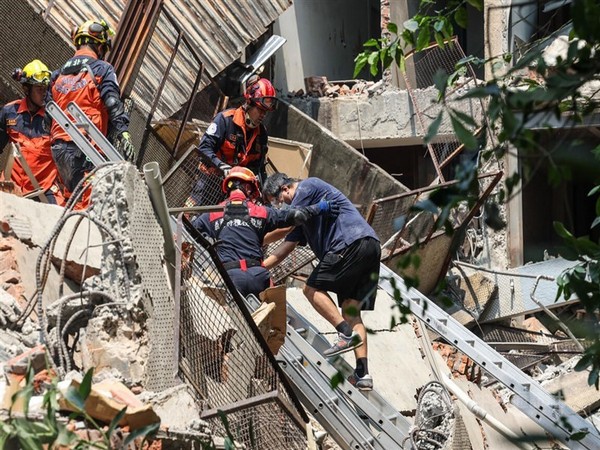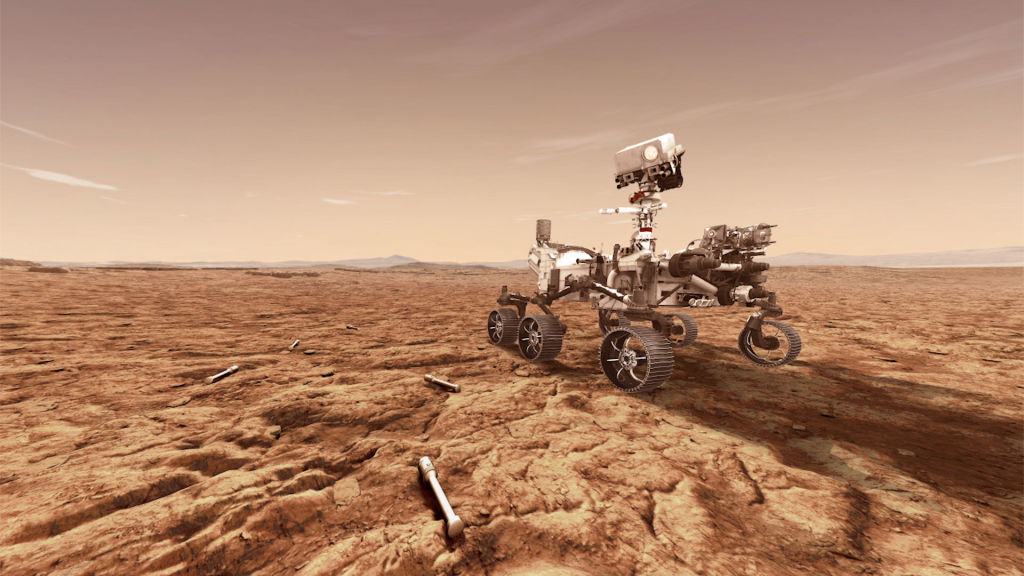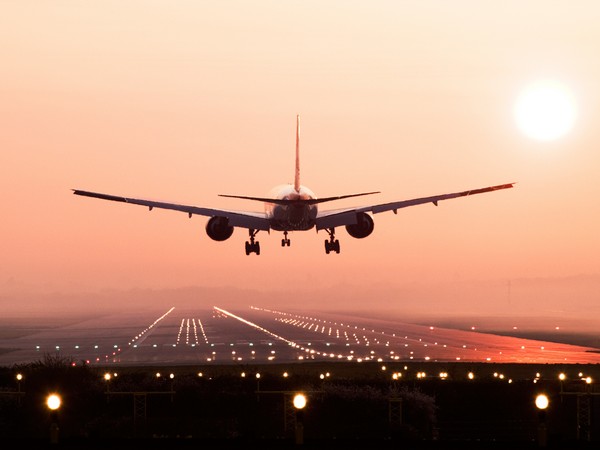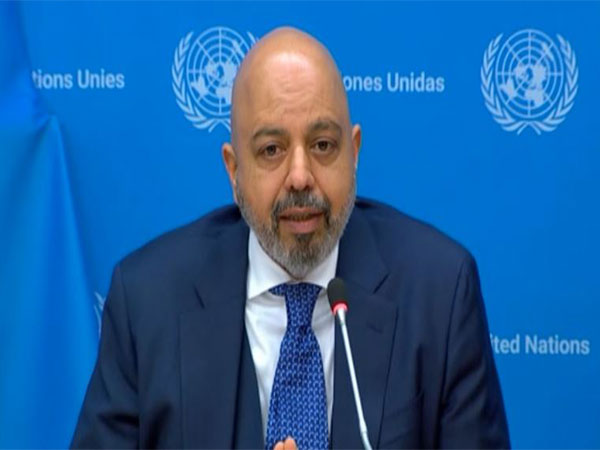Taiwan’s strongest earthquake in 25 years kills nine; 50 missing

Taiwan’s biggest earthquake in at least 25 years killed nine people on Wednesday, injuring more than 800, while 50 went missing en route to a national park, authorities said, as rescuers used ladders to bring others to safety.
Television broadcast images of buildings tilted at precarious angles in the mountainous, sparsely populated eastern county of Hualien, near the epicentre of the 7.2 magnitude quake, which struck just offshore at about 8 a. m. (0000GMT).
“It was very strong. It felt as if the house was going to topple,” said Chang Yu-lin, 60, a worker in a hospital in Taipei, the capital.
A woman who runs bed-and-breakfast accommodation in Hualien city said she scrambled to calm her guests who were frightened by the quake.
“This is the biggest earthquake I have ever experienced,” said the woman, who asked to be identified only by her family name, Chan.
The quake hit at a depth of 15.5 km (9.6 miles), just as people were headed for work and school, setting off a tsunami warning for southern Japan and the Philippines that was later lifted.
Video showed rescuers using ladders to help trapped people out of windows, while elsewhere there were massive landslides, as strong tremors in Taipei forced the subway system to close briefly, although most lines resumed service.
Fire authorities said they were slowly evacuating some of those trapped in tunnels near Hualien city, including two Germans.
But they had lost contact with 50 travellers aboard four minibuses heading to a hotel in a national park, Taroko Gorge, they said, without giving details.
The government put the number of injured at 821.
“At present the most important thing, the top priority, is to rescue people,” said President-elect Lai Ching-te, speaking outside one of the collapsed buildings in Hualien.
The rail link to the area was expected to re-open on Thursday, Lai, who is set to take office next month, told reporters.
Taiwan’s air force said six F-16 fighter jets had been slightly damaged at a major base in the city from which jets are often scrambled to see off incursions by China’s air force, but the aircraft are expected to return to service very soon.
In Japan, the weather agency put the quake’s magnitude at 7.7, saying several small tsunami waves reached parts of the southern prefecture of Okinawa, while downgrading its tsunami warning to an advisory.
In the Philippines, seismology officials warned coastal residents in several provinces to move to higher ground.
Chinese state media said the quake was felt in the southeastern province of Fujian, while a Reuters witness said it was also felt in the commercial hub of Shanghai.
Aftershocks could still be felt in Taipei, with more than 50 recorded, weather officials said.
Most power has been restored after the quake, electricity utility Taipower said, with the island’s two nuclear power stations unaffected.
Taiwan’s high-speed rail operator said no damage or injuries were reported on its trains, although services would be delayed as it made inspections.
A major supplier of chips to Apple AAPL.O and Nvidia NVDA.O, Taiwan Semiconductor Manufacturing Co 2330.TW, said it had evacuated some fabrication plants and safety systems were operating normally.
“To ensure the safety of personnel, some fabs were evacuated according to company procedure,” the semiconductor giant said in a statement, adding later that the employees had begun to return to work.
TSMC’s Taipei-listed shares ended down 1.3%, but the benchmark index .TWII largely brushed off the quake’s impact to close down 0.6%.
The official central news agency said the quake was the biggest since one of magnitude 7.6 in 1999 that killed about 2,400 people and damaged or destroyed 50,000 buildings.
Taiwan weather officials ranked Wednesday’s quake in Hualien as “Upper 6”, or the second-highest level of intensity on a scale ranging from 1 to 7.
Such quakes collapse walls unless they are made of reinforced concrete blocks, while people cannot stand upright and must crawl in order to move, experts say.









